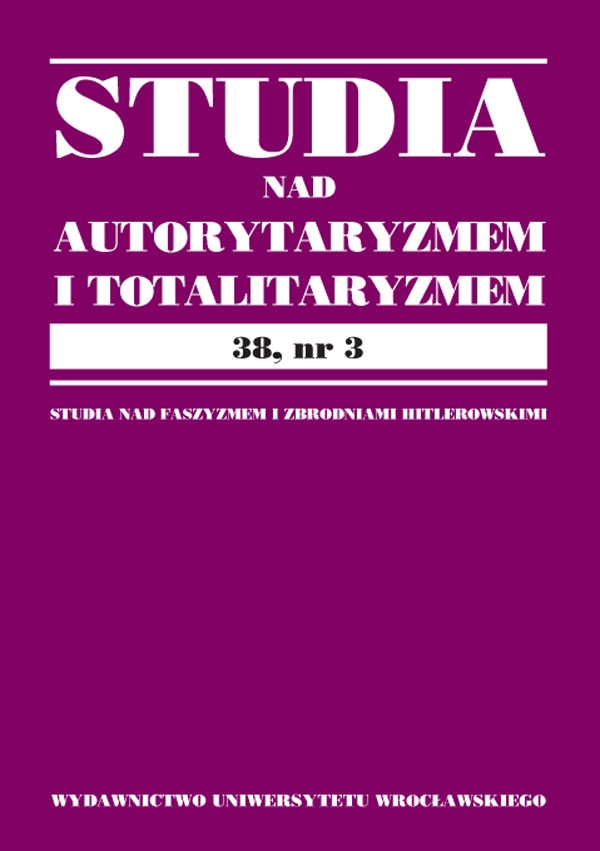

Artykuły

ILLUSORY NON-ENTANGLEMENT: THIRD REICH IN ANTIFASCIST NARRATIVE THE CASE OF GERMAN DEMOCRATIC REPUBLIC
Antifascism, a historiographical doctrine formulated in the 30s of the twentieth century by G. Dimitrov, as aresult of the Soviet victory over the Third Reich acquired the status of official narrative in countries of the Communist Bloc. It played aparticular role in GDR as a primary source of state’s legitimization, especially in the early postwar years. Relating on selected historical sources and extensive literature on this subject to mention, among others, D. Diner, J. Herf, S. Kattago, A. Wolff-Powęska, K. Wóycicki, J. McLellan, M. Fulbrook Iintend to capture the disingenuousness of East German antifascism. Making use of lies, illusion or denial, applying selectiveness on facts or specific way of their interpretation, the GDR authorities managed to integrate the society around apositive yet erroneous myth of victorious mass resistance of the German working class against fascism. What is more, such antifascism played adefensive supervisory function: „universalizing” the period of 1939–1945 as another stage of long-term rivalry between the proletariat and capitalists it discursively blurred the historical continuity between the GDR and the Third Reich, and sustained the illusion of lack of guilt for the Holocaust which actual i.e. Jewish specificity remained unrecognized.